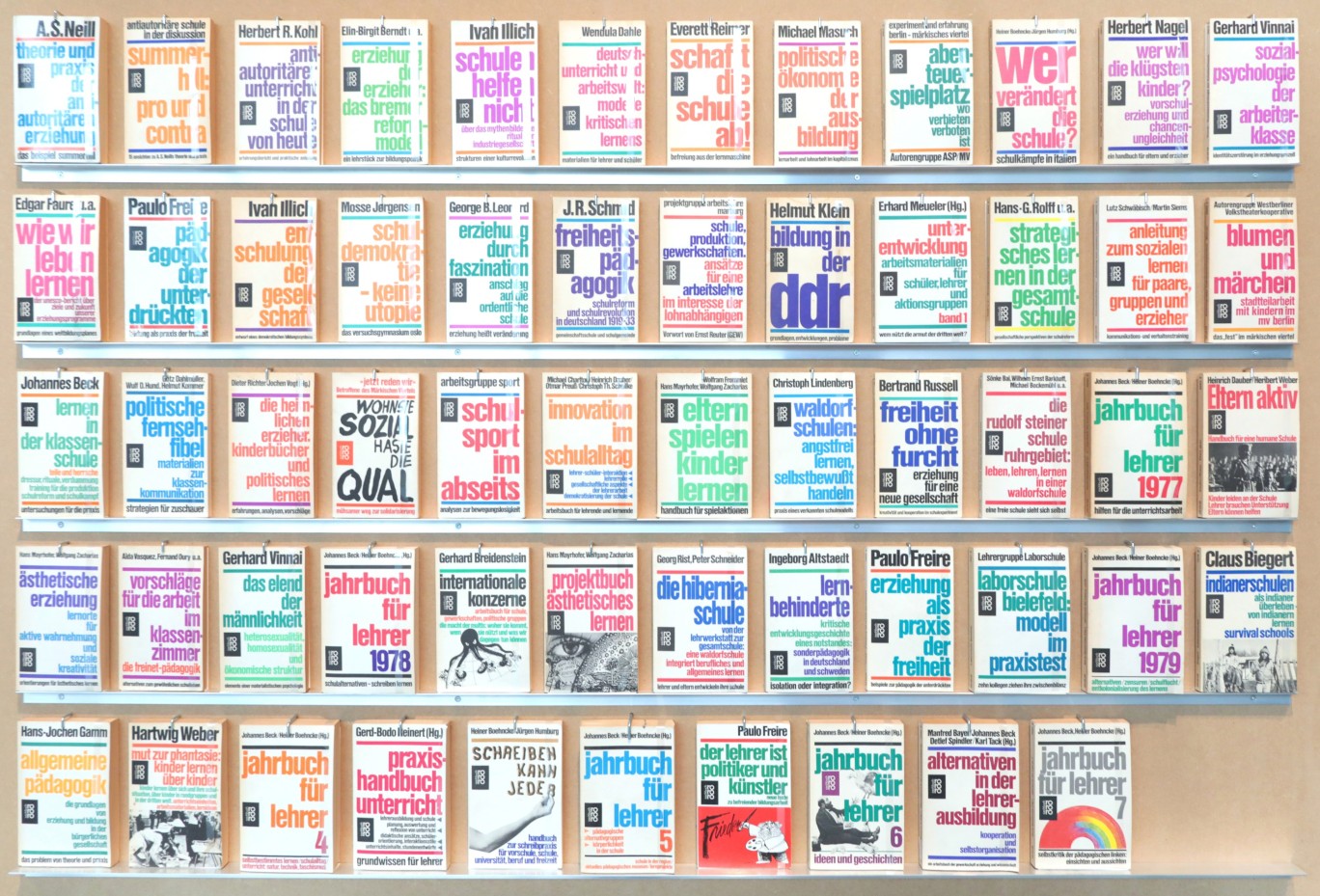Bildungsschock
It was a triumph of Soviet space travel: on October 4, 1957, Sputnik I, the first artificial satellite, orbited the earth. In the middle of the Cold War, the "Sputnik shock" triggered deep uncertainty, especially in the USA, but also in large parts of the rest of the world. How should the supposed “progress gap” be closed? Governments decided on large investment programs for research and education in a row, whereupon the spaces and times of learning literally exploded.
All-day schools and educational centers were built, reform universities founded and language laboratories set up. The “city as a classroom” was discovered and “lifelong learning” was invented. The research and exhibition project Education Shock – Learners, Politics and Architecture in the 1960s and 1970s questions this epoch against the background of current debates on the relationship between education and space. On the one hand, the term "educational shock" refers to the shock metaphors of the time. On the other hand, he points to the shocks to which education was exposed in the course of reform and modernization.
The exhibition follows the principle of the case study. Each of the approximately thirty-five stations elaborates on a specific aspect of global educational events in the 1960s and 1970s. For this purpose, the participating artists and scientists explored the archives. Visitors are brought closer to an era that was characterized by experiments, a spirit of optimism, criticism and doubt. Educational shock can thus serve as a resource for dealing with current and future educational policy crises.
